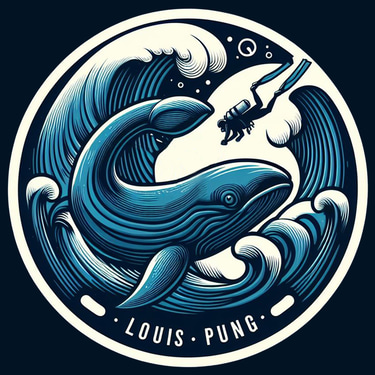

High-oxygen diving(Nitrox) refers to a diving technique where a diver uses a mixture of gases with a high concentration of oxygen during the diving process 🤿. Traditional diving gas mixtures typically consist of air, which contains about 21% oxygen and 79% nitrogen 🌬️. In high-oxygen diving, the concentration of oxygen in the gas mixture used by the diver is usually increased to 22% to 40% 💨.
The primary purpose of high-oxygen diving is to reduce the absorption of nitrogen in the diver's body, thereby lowering the risk of nitrogen narcosis ⚖️. Nitrogen narcosis is a condition caused by the release of dissolved nitrogen in tissues during ascent from deep waters 🌊. By using high-oxygen gas mixtures, divers can extend their time spent in deep water ⏳, reduce post-dive surface intervals 🕒, and enhance diving efficiency ⬆️.
However, high-oxygen diving also comes with some potential risks ⚠️, primarily related to oxygen toxicity 😷. High concentrations of oxygen below a certain depth increase the risk of oxygen toxicity, which can lead to central nervous system toxicity and other health issues 🧠⚡. Therefore, high-oxygen diving requires divers to undergo professional training 📚 and strictly adhere to safety procedures and guidelines 📏. It is crucial not to engage in high-oxygen diving without obtaining the necessary certification ❌.

